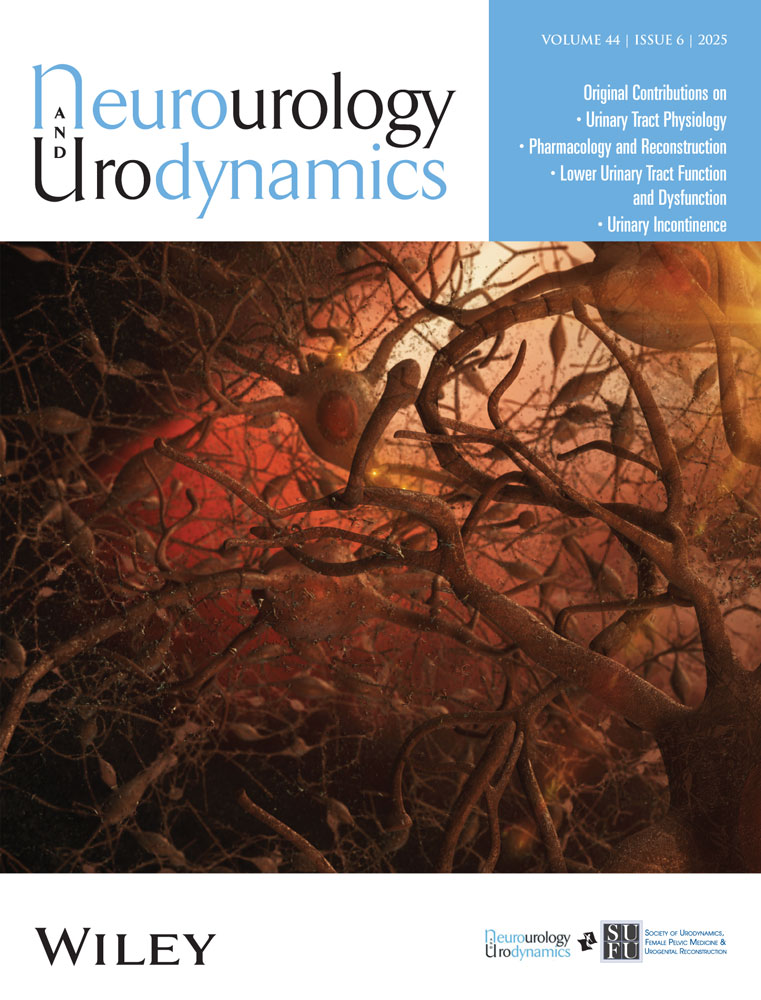Urge incontinence and impaired detrusor contractility in the elderly
Abstract
Among the elderly, both urge incontinence and elevated residual urine are common. When they occur together, they present a challenging clinical problem, called detrusor hyperactivity with impaired contractile function (DHIC). Impaired detrusor contractility has two aspects: elevated post-void residual urine volume and reduced detrusor contraction strength. Geriatric urge incontinence, especially in combination with reduced bladder sensation, is associated with specific cortical abnormalities: frontal and global cortical underperfusion and cognitive impairment. We have investigated, in 73 elderly incontinent patients, whether either aspect of impaired contractility is associated with urge incontinence, reduced sensation or these cortical abnormalities. For post-void residual urine, there are no significant associations. Detrusor contraction strength, however, is significantly increased (not impaired) if there is urge incontinence, reduced bladder sensation, or cortical underperfusion. Thus, DHIC appears to be a coincidental occurrence of two common conditions with different etiological factors. Neurourol. Urodynam. 21:126–131, 2002. © 2002 Wiley-Liss, Inc.




